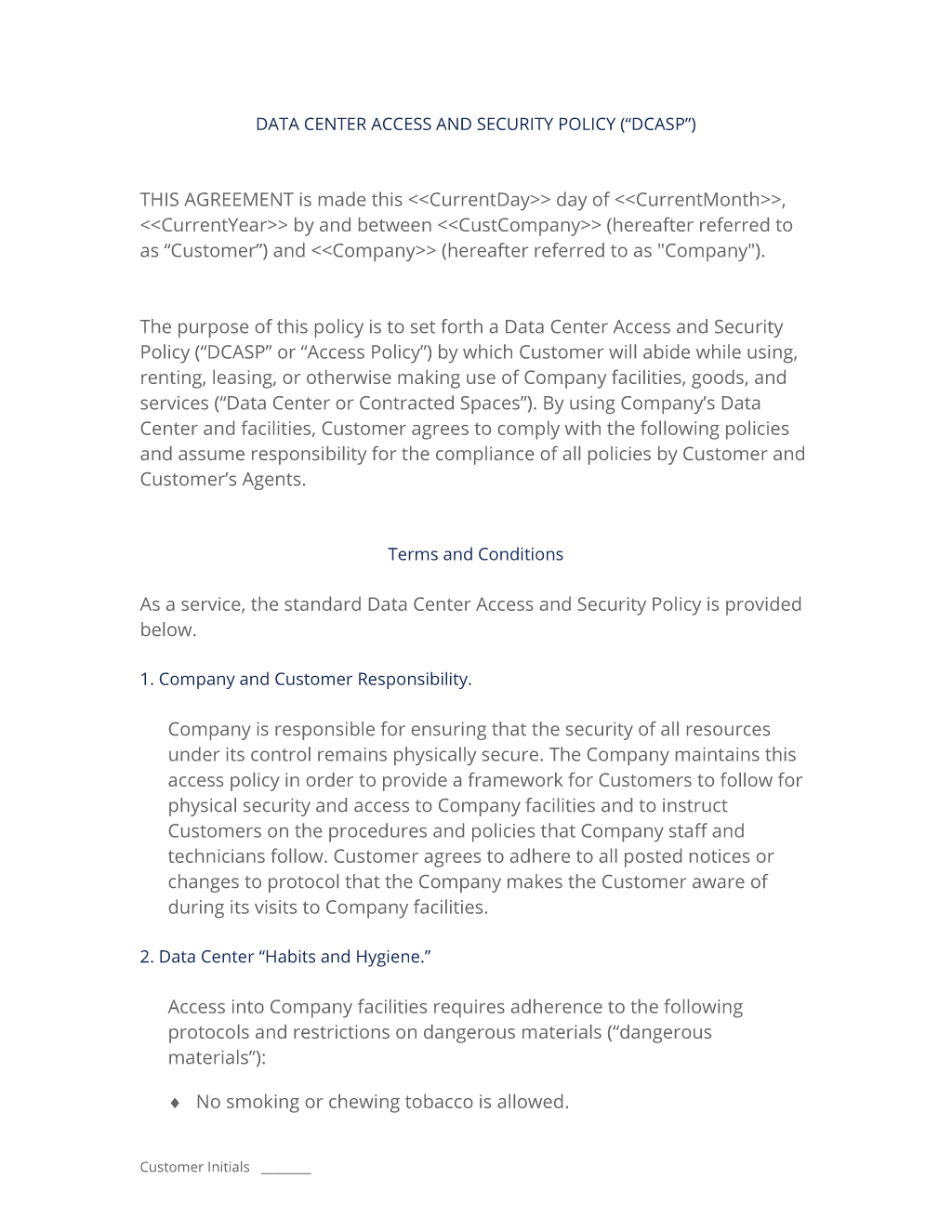New US Duties On Solar Imports From Southeast Asia: What You Need To Know

Table of Contents
Understanding the New US Duties
The US government has levied new duties on solar imports from several Southeast Asian countries, citing concerns about circumvention of previous anti-dumping and countervailing duty orders. These actions are the result of investigations conducted by the Department of Commerce (DOC) and the International Trade Commission (ITC).
- Specific Tariff Rates: The exact tariff rates vary depending on the specific manufacturer and country of origin, but they can be substantial, adding significant costs to imported solar panels. Details on specific rates are available on the DOC and ITC websites.
- Affected Countries: The tariffs primarily impact solar panel imports from Vietnam, Cambodia, Malaysia, and Thailand. These countries have become major suppliers of solar panels to the US market in recent years.
- Rationale for the Tariffs: The US government alleges that these Southeast Asian manufacturers are circumventing previous anti-dumping and countervailing duties levied on Chinese solar panel imports by assembling panels using components from China. This alleged circumvention is the driving force behind the new tariffs.
- History of Solar Tariff Investigations: This is not the first time the US has investigated solar imports. Previous investigations have targeted China and other countries, leading to various trade disputes and tariff measures.
- Role of the DOC and ITC: The DOC is responsible for determining whether dumping or subsidization has occurred, while the ITC investigates whether US industries have been materially injured by these imports. Their findings form the basis for the imposition of tariffs.
Impact on the US Solar Industry
The new US solar tariffs will have significant repercussions for the US solar industry. While some argue that the tariffs will boost domestic manufacturing, the short-term effects are likely to be negative.
- Increased Solar Panel Prices: The added tariffs will undoubtedly increase the cost of solar panels for consumers and businesses, potentially slowing down the growth of the solar energy market.
- Project Delays: Supply chain disruptions caused by the tariffs could lead to significant delays in the completion of solar energy projects, impacting project timelines and budgets.
- Effects on Renewable Energy Goals: The tariffs may hinder the Biden administration's ambitious goals for renewable energy deployment, making it more challenging to achieve the desired levels of clean energy adoption.
- Boost to Domestic Manufacturing (Potential): Proponents argue that the tariffs will incentivize investment in domestic solar manufacturing, creating jobs and reducing reliance on foreign suppliers. However, the extent to which this occurs remains to be seen.
- Job Creation and Loss: While there’s potential for job creation in US manufacturing, there’s also a risk of job losses in the US solar installation sector due to higher panel prices and project delays. Southeast Asia will also experience job losses in its solar manufacturing sector.
Implications for Southeast Asian Solar Manufacturers
The new US duties represent a considerable challenge for Southeast Asian solar manufacturers who have heavily invested in exporting to the US market.
- Economic Consequences: The reduced access to the US market will have significant economic consequences for these manufacturers, impacting revenue and potentially leading to job cuts.
- Diversification of Export Markets: Southeast Asian manufacturers will need to explore alternative export markets to mitigate the impact of the US tariffs, focusing on regions less affected by US trade policy.
- Regional Competitiveness: The tariffs could shift the balance of regional competitiveness within Southeast Asia, with some manufacturers potentially struggling more than others.
- Long-Term Effects on Growth: The long-term impact on the growth of the solar industry in Southeast Asia remains uncertain, depending on the manufacturers’ ability to adapt and find new markets.
Navigating the New Regulatory Landscape
Businesses operating in the solar industry need to understand the legal and regulatory implications of these new tariffs and adapt their strategies accordingly.
- Legal Challenges: There may be legal avenues available to challenge the tariffs, but these are often complex and expensive.
- Compliance with Regulations: Businesses must ensure full compliance with the new regulations to avoid penalties. This includes careful tracking of the origin of components and adherence to import procedures.
- Due Diligence on Suppliers: Thorough due diligence on solar panel suppliers is crucial to mitigate risks associated with the tariffs. This includes verifying the origin of components and ensuring compliance with all relevant regulations.
- Changes to Import Procedures: Businesses should expect changes to import procedures and documentation requirements and stay updated on these changes through official government channels.
Conclusion
The new US duties on solar imports from Southeast Asia represent a significant disruption to the global solar energy market. These US solar tariffs will impact prices, project timelines, and the future of renewable energy development worldwide. The consequences will be felt by businesses, consumers, and governments alike. Understanding the complexities of these tariffs and adapting accordingly is essential for navigating this evolving regulatory landscape.
Call to Action: Stay informed about developments regarding US solar tariffs on Southeast Asian imports. Regularly check official government websites like those of the Department of Commerce and the International Trade Commission, as well as reputable industry news sources, for updates and guidance. Understanding the nuances of these US solar tariffs is critical for the continued success of your operations in the solar energy sector.

Featured Posts
-
 Ticketmaster En La Mira Trump Y Su Lucha Contra La Reventa De Entradas
May 30, 2025
Ticketmaster En La Mira Trump Y Su Lucha Contra La Reventa De Entradas
May 30, 2025 -
 Jon Joness 29 Million Demand A Ufc Veterans Take
May 30, 2025
Jon Joness 29 Million Demand A Ufc Veterans Take
May 30, 2025 -
 Jon Jones Vs Nate Diaz The Confirmed Ufc Fight And Why Aspinall Is Out
May 30, 2025
Jon Jones Vs Nate Diaz The Confirmed Ufc Fight And Why Aspinall Is Out
May 30, 2025 -
 Security Lapse At Deutsche Bank Contractor Compromises Data Center Access
May 30, 2025
Security Lapse At Deutsche Bank Contractor Compromises Data Center Access
May 30, 2025 -
 Jon Jones Risks Knockout Against Aspinall Experts Warn
May 30, 2025
Jon Jones Risks Knockout Against Aspinall Experts Warn
May 30, 2025
